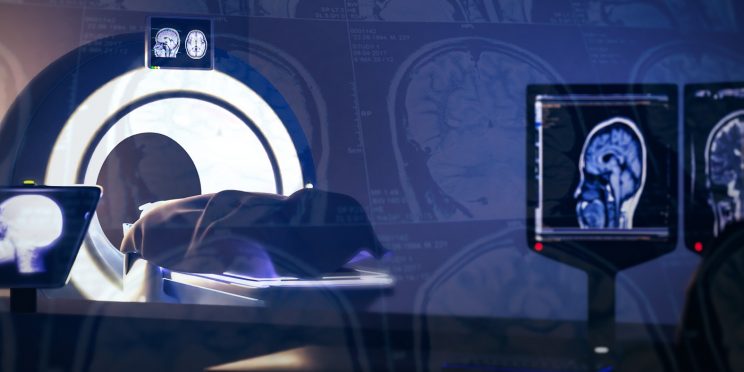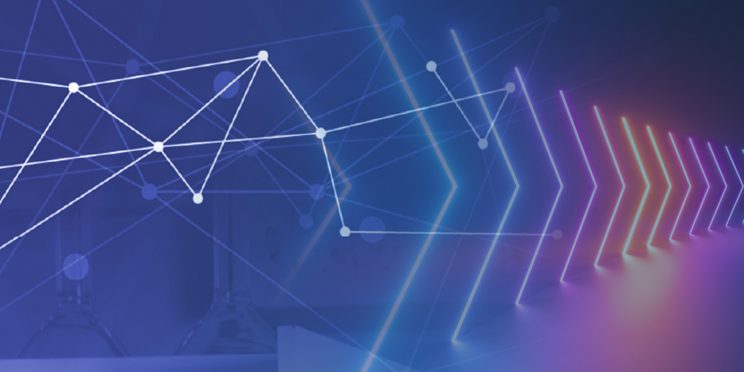This webinar originally occurred on October 14, 2020
Duration: 1 hour
Overview
In the second webinar, participants will explore the types of data included in the New Mexico Decedent Image Database. The Data Dictionary contains all variables in the database and additional information about that data. This includes the definition, data source, cardinality, and answer list.
The definition can be used to ensure that the data field the researcher is collecting contains the information the researcher is studying. The data source includes three options: the medical examiners database, phone interviews with next of kin, or both. The benefits and negatives of each data source will be discussed. The medical examiner data can come from the scene, medical record, and interviews with family and friends. The next of kin interviews may be from close or distant family members. Lastly, the possible answers for each field will be reviewed. The source of the answer lists will also be discussed, as some come from the creators of the database, the Office of the Medical Investigator, and nationally and internationally used data standards. The participants will learn how to use the data dictionary to format the variables used in their research. This will ensure that the data is used properly and contains the needed information.
In addition, participants will explore two pathways of processing data after downloading it from the website. Data is downloaded in multiple CSV files, one from each table of the relational database (for a total of eight files). Each CSV file contains the de-identified record number for the 15,243 decedents in the database. The main data table is decedents.csv and contains data on the sex, age, and other demographic information. Other files include ancestry, chromosomal abnormalities, distinctions, environmental history, medical history, medications, and substance usage. Participants will review the types of data present in each file.
Participants will also learn how to use the eight data files to perform simple and complex queries on the data. A simple query is one in which only one data table is used. Complex query requires using a relational database software to link the deidentified record number between the eight data files. Multiple examples of simple and complex queries will be performed. Complex queries will use Microsoft Access as it is a commonly used relational database.
Detailed Learning Objectives
- Participants will learn how to use the data dictionary to format the variables used in their research.
- Participants will explore two pathways of processing data after downloading it from the website, how the data files are connected, and how to use the relationship to connect tables.
- Participants will learn how to use Microsoft Access, a relational database, to query data from multiple data tables. In the end, participants will understand how the data is formatted, how to perform simple filters and complex queries from the downloaded data files.
Presenter
- Dr. Shamsi Daneshvari Berry | Assistant Professor of Biomedical Informatics at Western Michigan University, Homer Stryker MD School of Medicine
Funding for this Forensic Technology Center of Excellence webinar has been provided by the National Institute of Justice, Office of Justice Programs, U.S. Department of Justice.
The opinions, findings, and conclusions or recommendations expressed in this webinar are those of the presenter(s) and do not necessarily reflect those of the U.S. Department of Justice.
Contact us at ForensicCOE@rti.org with any questions and subscribe to our newsletter for notifications.




